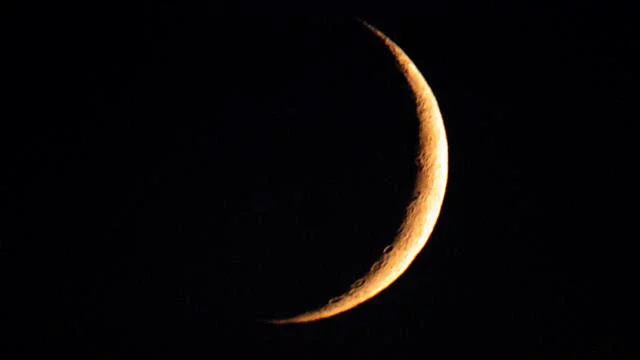
Dem dey mark di end of di Muslim holy month of Ramadan wit one important religious holiday wey dem sabi as Eid al-Fitr.
Families dey usually come togeda wit dia finest clothes to hold feasts. But for dis kain major global event, to know wen e go happun no dey easy at all sake of too many complications - na wetin Ahmen Khawaja and Amir Rawash try to explain for dis tori.
Di power of di moon
As di end of Ramadan don dey near, many of di 1.9 billion Muslims wey dey for di world go dey hope for clear skies so dat dem fit spot any sign wey fit tell dem say time don reach for di party to start.
Like Ramadan, e dey start wit di first sighting of di new moon.
Islam dey follow di lunar calendar, based on phases of di moon. Ramadan dey start for di ninth month of dis calendar.
Evri year, each month of di lunar calendar dey happun around 11 days ahead of di time e happun di previous solar year.
Following di lunar calendar dey veri significant to Muslims and e get big impact on how pipo experience Ramadan.
Wia dis foto come from, Getty Images
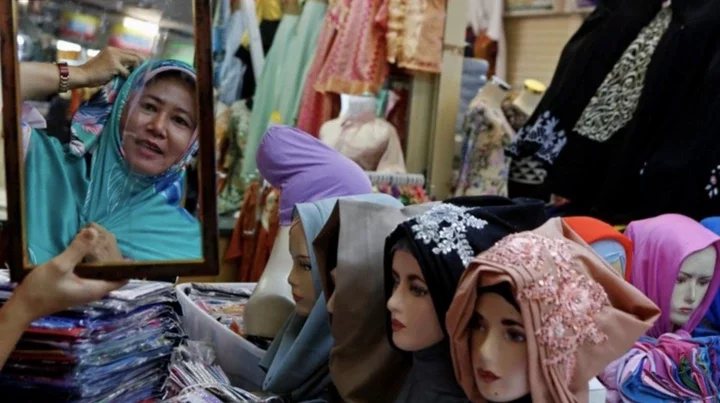
Muslims fast during Ramadan, dem dey stay away from food and drink from early mor-mor to sunset.
If di Islamic months bin dey based on di solar calendar, wen dem bin dey fix seasons, pipo wey dey live for some parts of di world for dey mark Ramadan during summer, wey get long periods of daylight, while di oda parts go be for winter wey get shorter days.
As dem dey follow di lunar calendar, evri Muslim experience fasting for different seasons (and so dem get longer or shorter daily period of fasting) ova a period of about 33 years of dia life.
Confusion
Di Eid al-Fitr festival dey fall on di first day inside di tenth month of Shawwal, but within Islam, debate dey ova wen be di actual time.
While some dey follow a set of lunar calendar odas dey use astronomical observations to announce di arrival of di new moon, di majority of Muslims mark di new month only afta dem don see one crescent moon for di sky.
Na officials from Muslim authorities dey look di sky by demsefs.
Wen Eid go happun dis year?
For di pipo wey dey determine Eid from di sighting of di moon, e dey expected to start either on Tuesday 9 April or Wednesday 10 April, depending on wia you dey for di world.
Muslims go still need to wait until di night bifor Eid to verify, sake of say lunar months fit be 29 or 30 days long, depending on wen dem first see di first crescent of di moon for sky for night.
Local moon seekers go start to scan di skies afta sunset, as dem dey try to look for dis crescent on di 29th day of di month anywia dem dey for di world.
If dem see di new Moon, Eid celebrations go happun di next day.
If not, dem go add one more day of fasting, to complete di 30-day month.
According to di HM Nautical Almanac Office, for UK, dem suppose see di new moon 'easily' from Tuesday 9 April, e mean say di first day of Eid fit be di following day, on Wednesday 10 April.
Wia dis foto come from, Getty Images
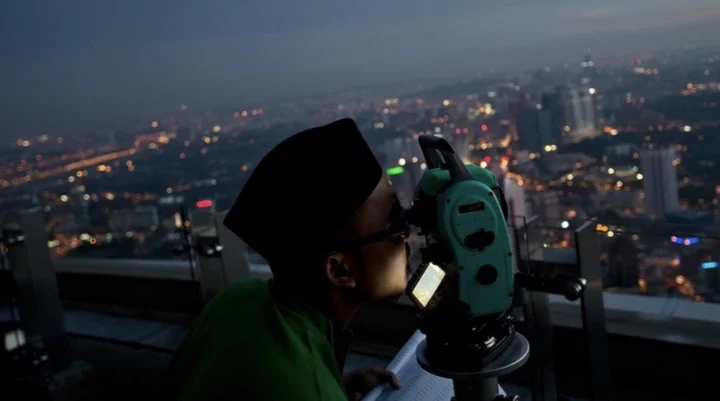
Eid dates no dey eva be di same around di world, even though e dey usually dey within one or two days of each oda.
For example, authorities for Saudi Arabia - one Sunni-dominated nation wey be di birthplace of Islam - announce di start and end of Ramadan depending on testimonies of members of di public wey observe di moon by eyesight.
Muslims for many oda kontris go follow dem.
But Iran, wey get majority of Shia Muslims, dey follow goment announcement wey depend upon observing di moon by eyesight.
And Iraq, wey get majority of Shia Muslims and Sunni minority, dey use a mix of di two - di Shia wey dey follow di influential cleric Grand Ayatollah Ali al-Sistani announcement, while di Sunni minority dey follow dia own clerics.
Meanwhile, Turkey - kontri wey dey officially secular - dey use astronomical calculations to decide di start and end of Ramadan.
And for Europe, most Muslims wait for announcements by leaders of dia own communities - though dis fit depend on observing di moon for oda Muslim kontris.

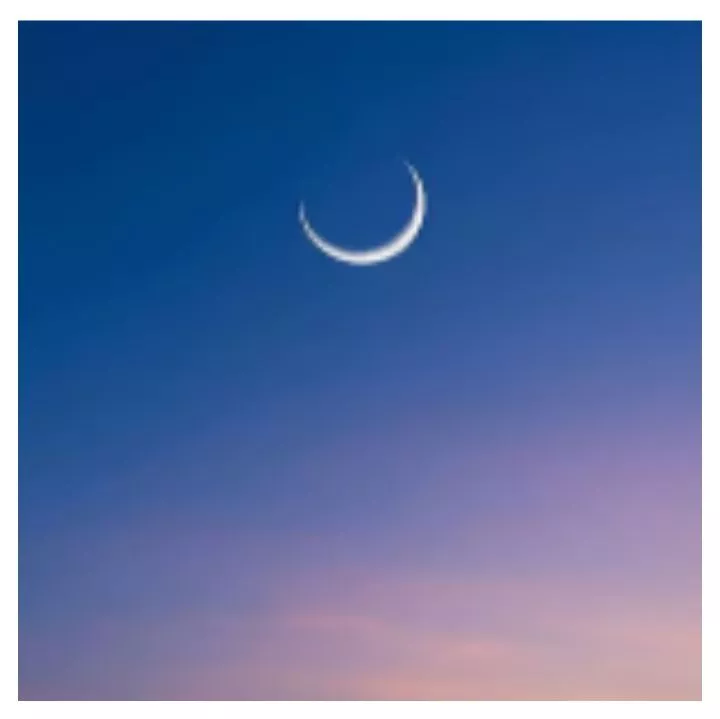
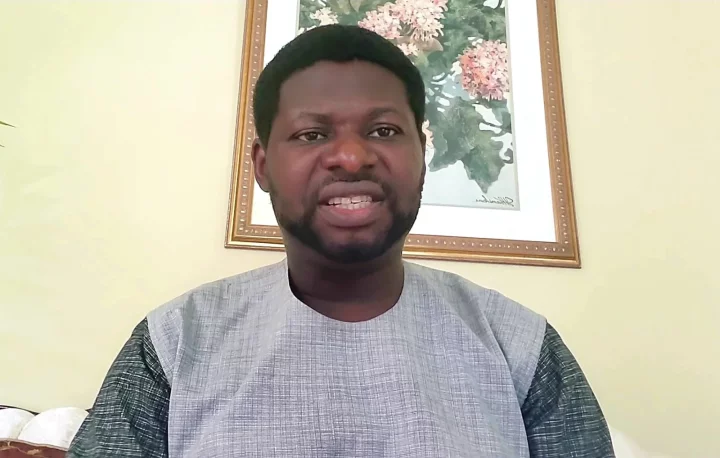
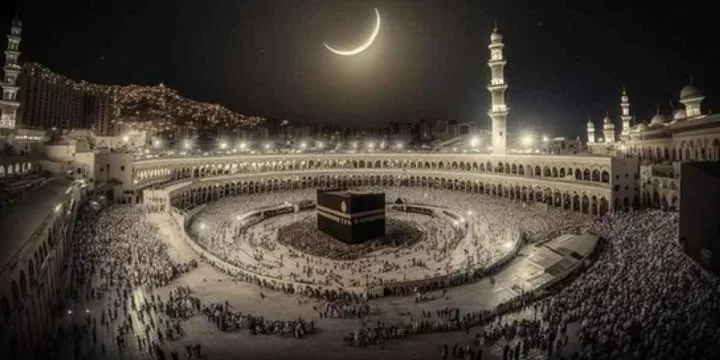

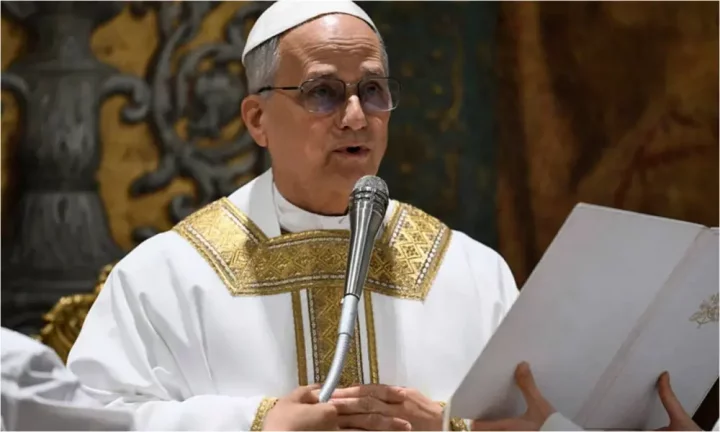

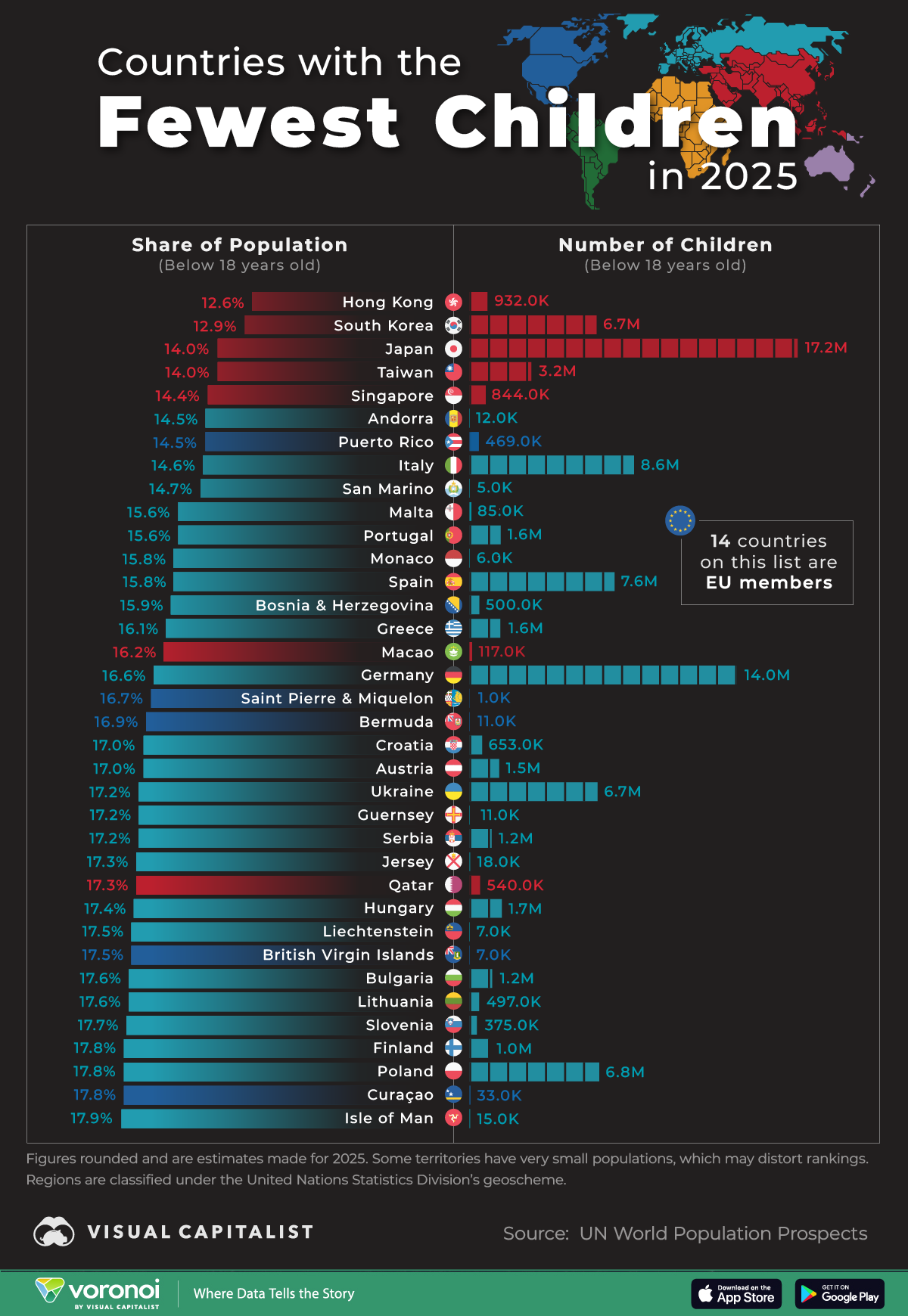
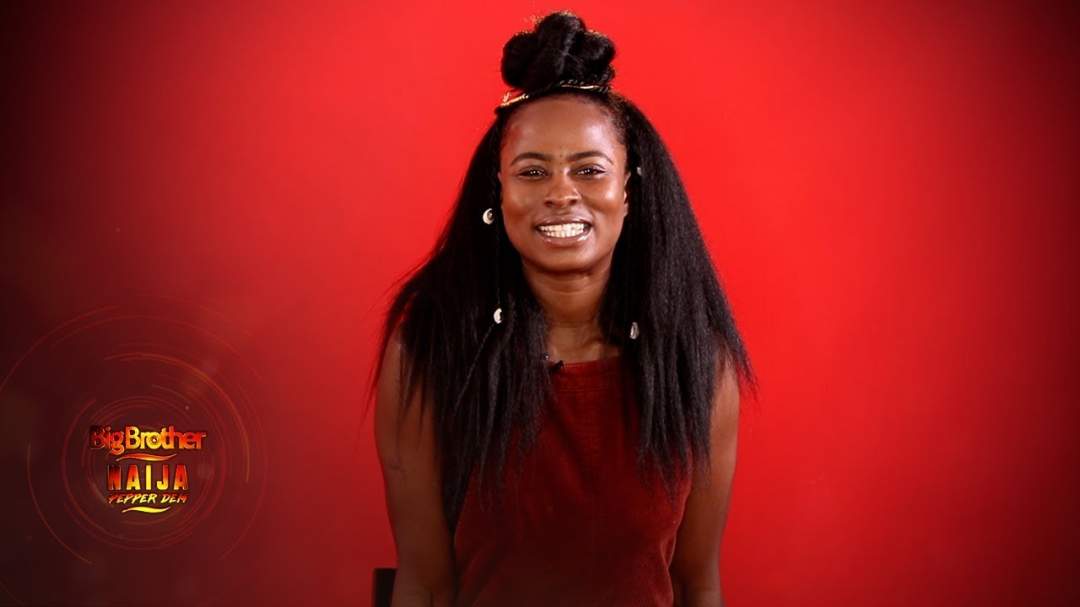




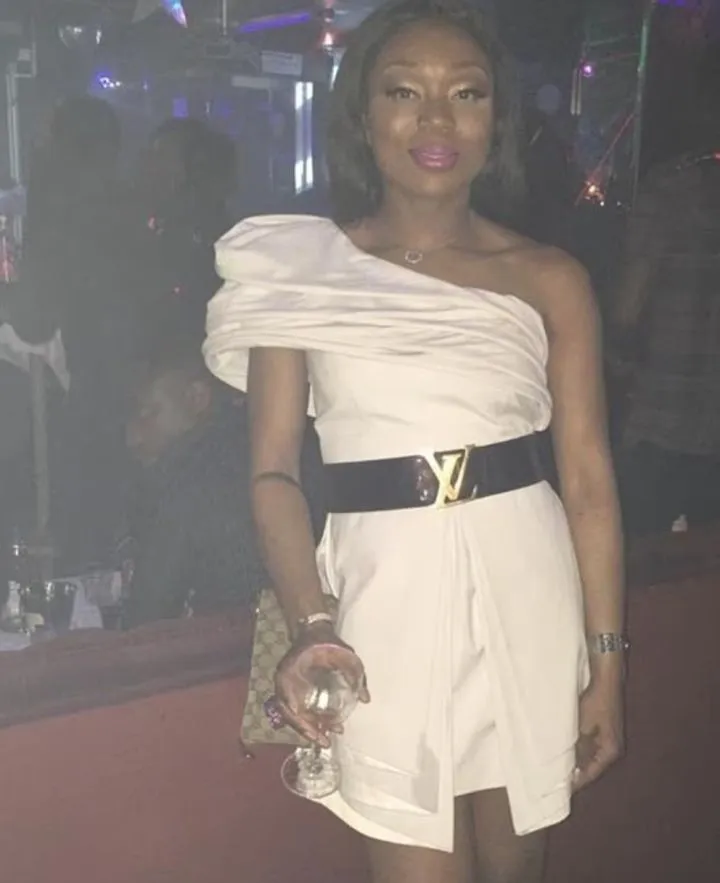



Comments